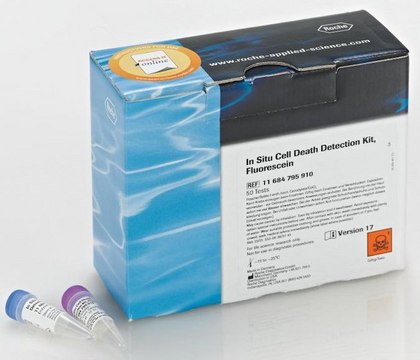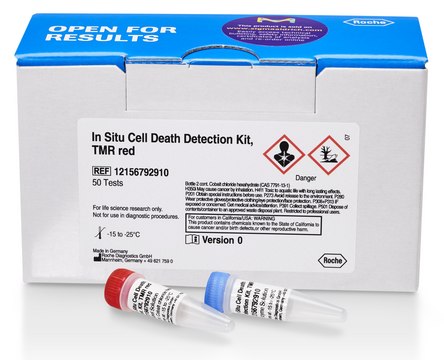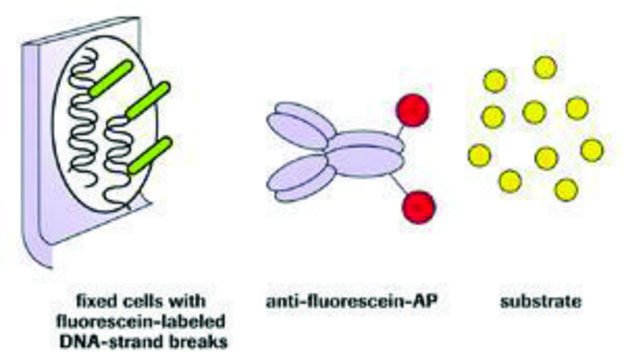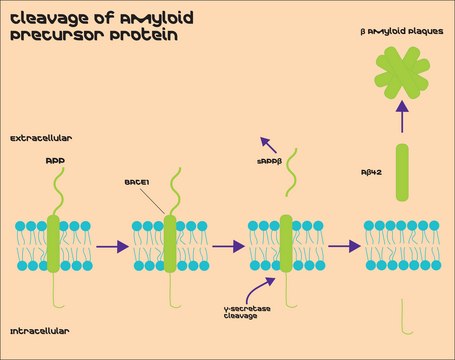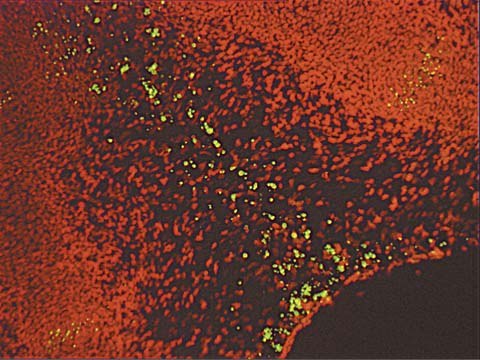推荐产品
生物来源
rabbit
质量水平
偶联物
unconjugated
抗体形式
affinity isolated antibody
抗体产品类型
primary antibodies
克隆
polyclonal
表单
buffered aqueous solution
分子量
32 kDa
种属反应性
rat, guinea pig, horse, rabbit, human, mouse
浓度
0.5 mg - 1 mg/mL
技术
western blot: suitable
UniProt登记号
运输
wet ice
储存温度
−20°C
靶向翻译后修饰
unmodified
基因信息
human ... HAAO(23498)
免疫原
Synthetic peptide directed towards the N terminal region of human HAAO
生化/生理作用
3-Hydroxyanthranilate 3,4-dioxygenase is a monomeric cytosolic protein belonging to the family of intramolecular dioxygenases containing nonheme ferrous iron. It is widely distributed in peripheral organs, such as liver and kidney, and is also present in low amounts in the central nervous system. HAAO catalyzes the synthesis of quinolinic acid (QUIN) from 3-hydroxyanthranilic acid. QUIN is an excitotoxin whose toxicity is mediated by its ability to activate glutamate N-methyl-D-aspartate receptors. Increased cerebral levels of QUIN may participate in the pathogenesis of neurologic and inflammatory disorders. HAAO has been suggested to play a role in disorders associated with altered tissue levels of QUIN.3-Hydroxyanthranilate 3,4-dioxygenase is a monomeric cytosolic protein belonging to the family of intramolecular dioxygenases containing nonheme ferrous iron. It is widely distributed in peripheral organs, such as liver and kidney, and is also present in low amounts in the central nervous system. HAAO catalyzes the synthesis of quinolinic acid (QUIN) from 3-hydroxyanthranilic acid. QUIN is an excitotoxin whose toxicity is mediated by its ability to activate glutamate N-methyl-D-aspartate receptors. Increased cerebral levels of QUIN may participate in the pathogenesis of neurologic and inflammatory disorders. HAAO has been suggested to play a role in disorders associated with altered tissue levels of QUIN.
序列
Synthetic peptide located within the following region: HRDVVIRQGEIFLLPARVPHSPQRFANTVGLVVERRRLETELDGLRYYVG
外形
Purified antibody supplied in 1x PBS buffer with 0.09% (w/v) sodium azide and 2% sucrose.
免责声明
Unless otherwise stated in our catalog or other company documentation accompanying the product(s), our products are intended for research use only and are not to be used for any other purpose, which includes but is not limited to, unauthorized commercial uses, in vitro diagnostic uses, ex vivo or in vivo therapeutic uses or any type of consumption or application to humans or animals.
未找到合适的产品?
试试我们的产品选型工具.
储存分类代码
10 - Combustible liquids
WGK
WGK 3
闪点(°F)
Not applicable
闪点(°C)
Not applicable
法规信息
新产品
Anjila Dongol et al.
Biology direct, 18(1), 86-86 (2023-12-21)
Senescent microglia are a distinct microglial phenotype present in aging brain that have been implicated in the progression of aging and age-related neurodegenerative diseases. However, the specific mechanisms that trigger microglial senescence are largely unknown. Quinolinic acid (QA) is a
我们的科学家团队拥有各种研究领域经验,包括生命科学、材料科学、化学合成、色谱、分析及许多其他领域.
联系技术服务部门